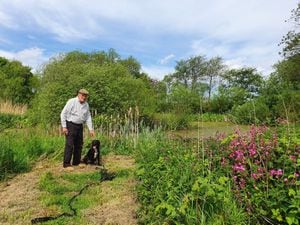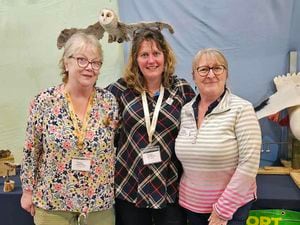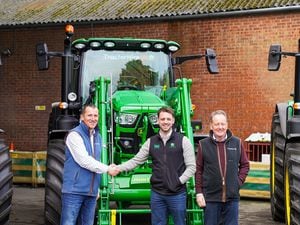Shropshire Farming Talk: Holstein Cow has made a tremendous contribution to dairy industry
The Holstein Cow has made a tremendous contribution to the dairy industry throughout the world over many decades.

Her main attributes being her ability to produce high volumes of milk under different management systems.
As Holsteins gained popularity, breeding trends would mean that although they were renowned for giving oceans of milk, they became too tall and narrow and would often fall apart in their younger days.
One of our strengths as a Breed Society in the UK is that we have always made changes when we think changes are needed and we subsequently changed our classification system and put much more emphasis on strength, good legs and feet and good mammary systems.
The Holstein cow of today is a more balanced cow, has more strength with good legs and feet and good udders and certainly, if managed properly, will last longer. Farmers don’t want cows as big as they did in the past but I am not convinced they want small cows either.
Alongside Holsteins, the British Friesian has a major role to play in our Society. A cow that thrives outside on grass but also has the ability to produce high yields on a high input system. Producing good quality calves, high quality milk and longevity are some of the main attributes of the breed. Being able to cross British Friesians with Holsteins to produce a stronger cow without losing her pedigree status is also a major advantage.
I think the future of the Breed is in a strong position with good management tools such as genomics and type classification available to all breeders. We need to breed that balanced medium size cow that is robust, has good legs and feet and a good mammary system and has the ability to convert good forage into milk and also be efficient under slightly different management systems.
The Holstein cow is also noted in the show ring and although one has to say that there is a difference between the show cow and the cubicle cow, like all other breeds, I strongly believe that the difference today is far less than it has been in the past.
Shows are very important as a shop window for different breeds and surveys that have been done at major shows over recent years show that livestock is very high on what the general public want to see at shows and therefore a golden opportunity for us to educate people where food comes from and the way it is produced.
Looking ahead is an impossible task but we have an increasing population throughout the world which surely means that we need more food. As farmers, we not only have some of the best animal welfare standards from across the world but we also have a good story to tell and we need to improve public perceptive. We will certainly have to work with people in the future and try and convince the ones in power that common sense is vital.
To be successful in moving forward, we will need to produce good quality food at a competitive price.
Meurig James, Holstein UK Head of Breed Development





